,_Saint_Basil_the_Great_and_Saint_Basil_'the_Fool'_Adorning_the_Holy_Trinity.jpg) |
| St. Basil http://commons.wikimedia.org/wiki/File:Russian_(Moscow),_Saint_Basil_the_Great_and_Saint_Basil_'the _Fool'_Adorning_the_Holy_Trinity.jpg |
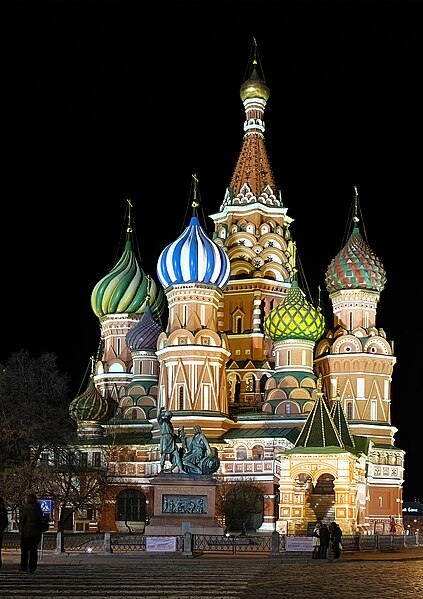 |
|
St. Basil's Cathedral at night
Instead of a central dome (as in the Hagia Sophia in Istanbul), there is a form called the Shater (a tent-like spire on the roof). It is steeply sloped so snow cannot accumulate and cause the roof to cave in. There are 8 adjacent chapels with onion-like caps; the caps have geometric reliefs, stylized lines, and bright colors. However, the whole Cathedral was originally all white (the trademark colors were added later). The main layout is a cross in a square; there are also triangular spikes and golden posts with crosses on the ends protruding from the smaller domes. Russian (Moscow) saw itself as the third Rome, so they needed glorious architecture to legitimize their claim. Of course, there are many legends associated with this amazing building. Ivan IV purportedly blinded the architects because he didn’t want them to create anything as beautiful as this Cathedral!
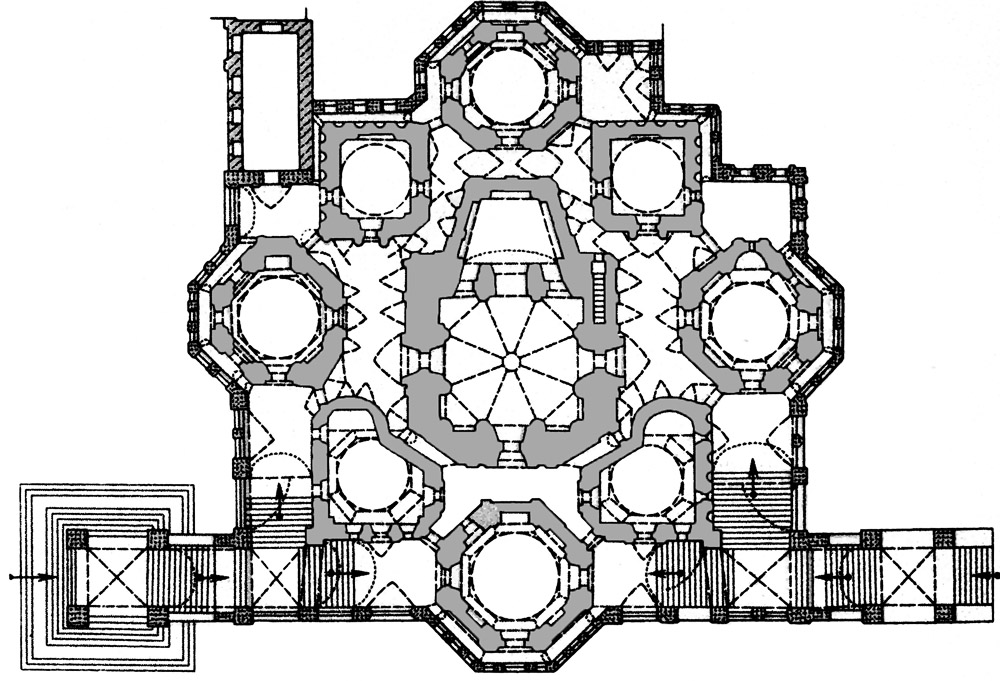
Links:
|



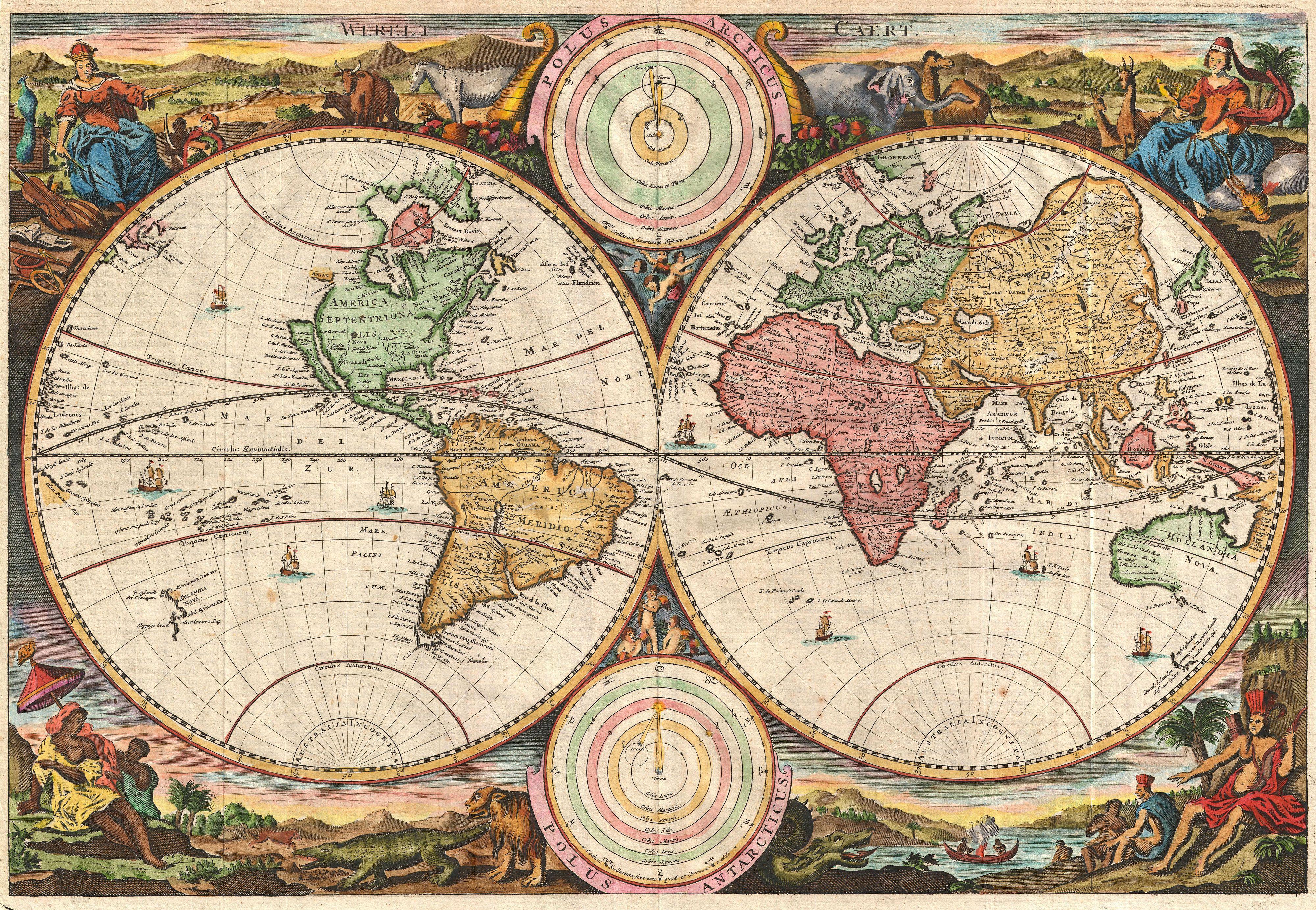


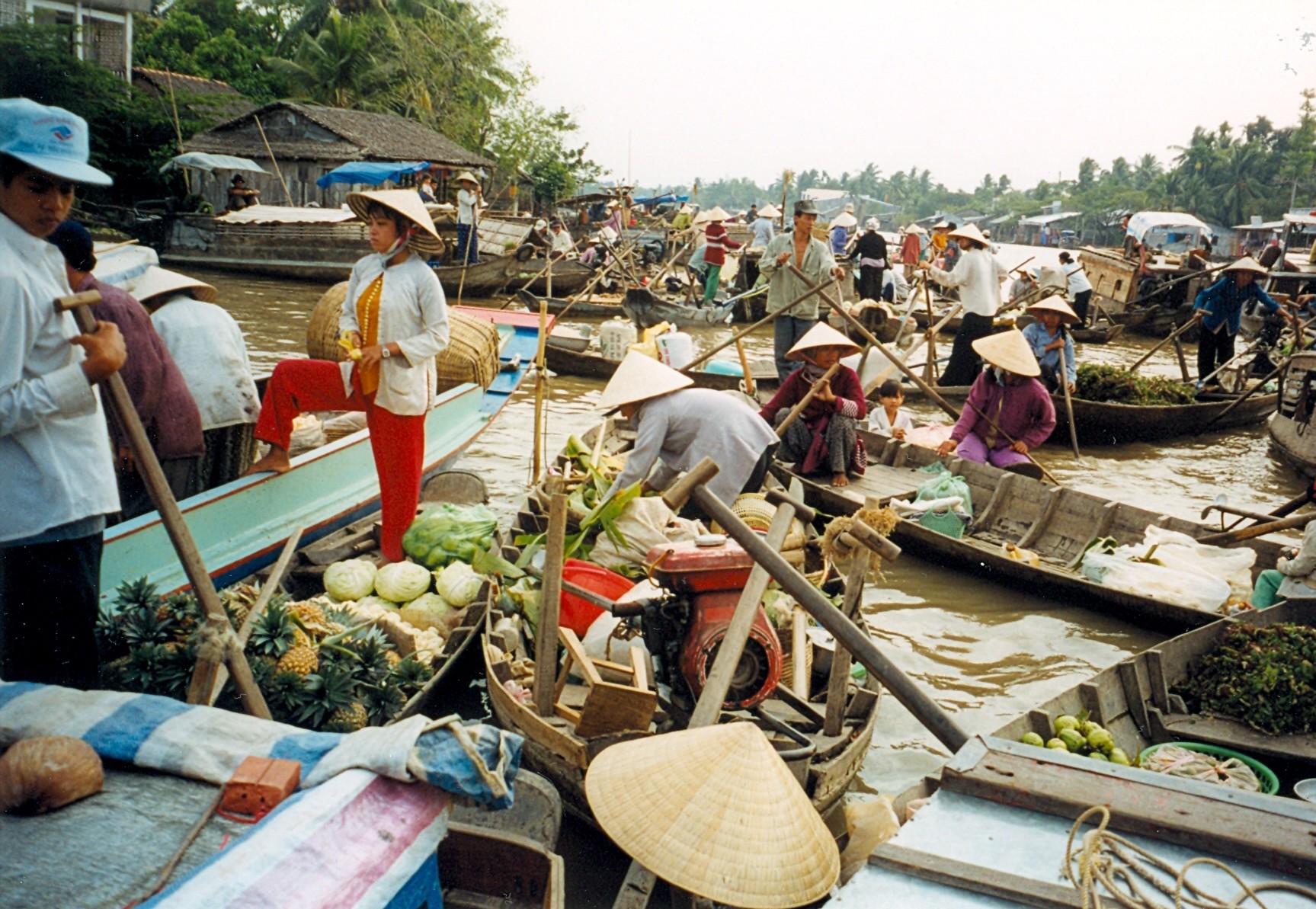


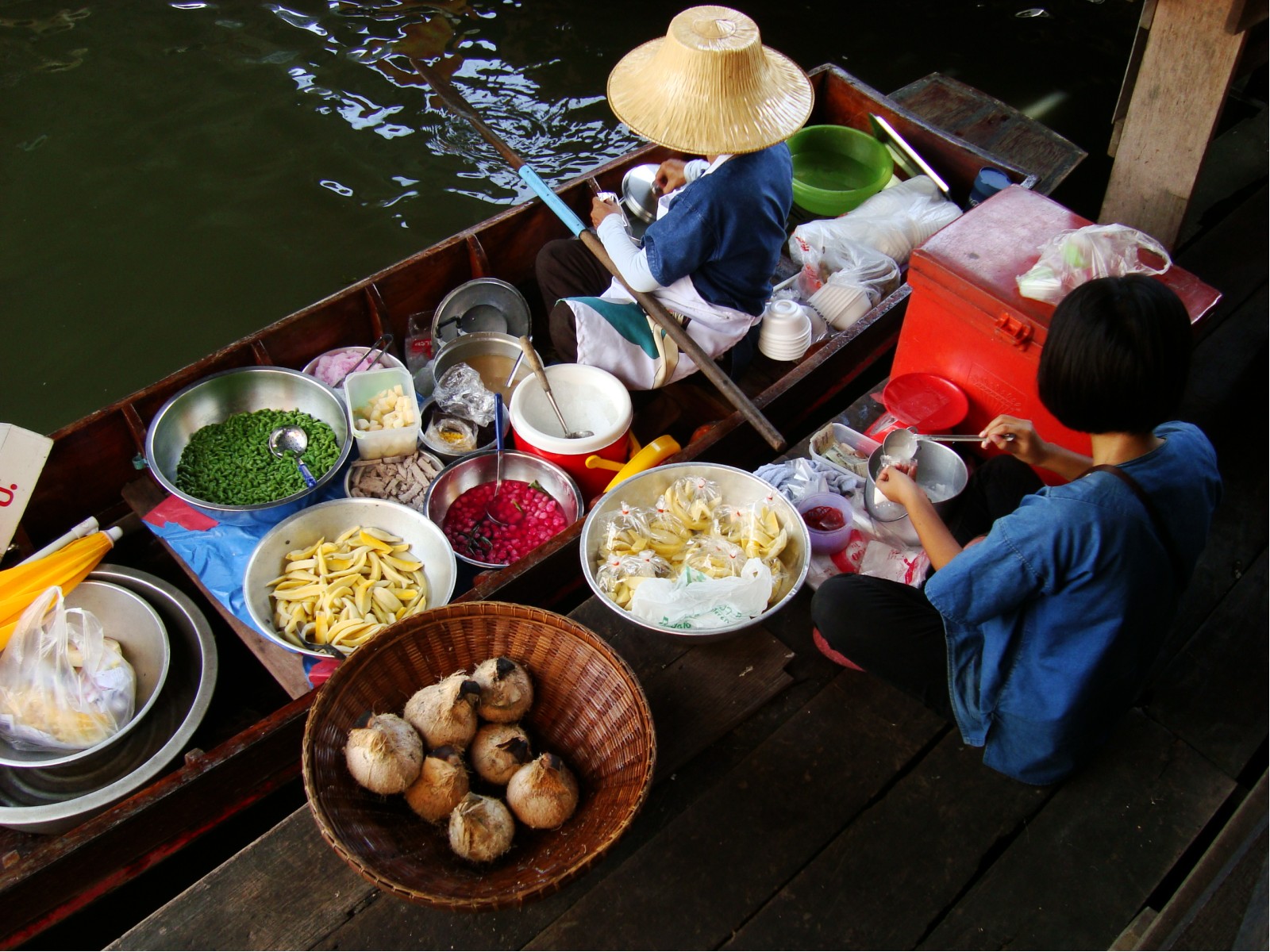

.jpg)

